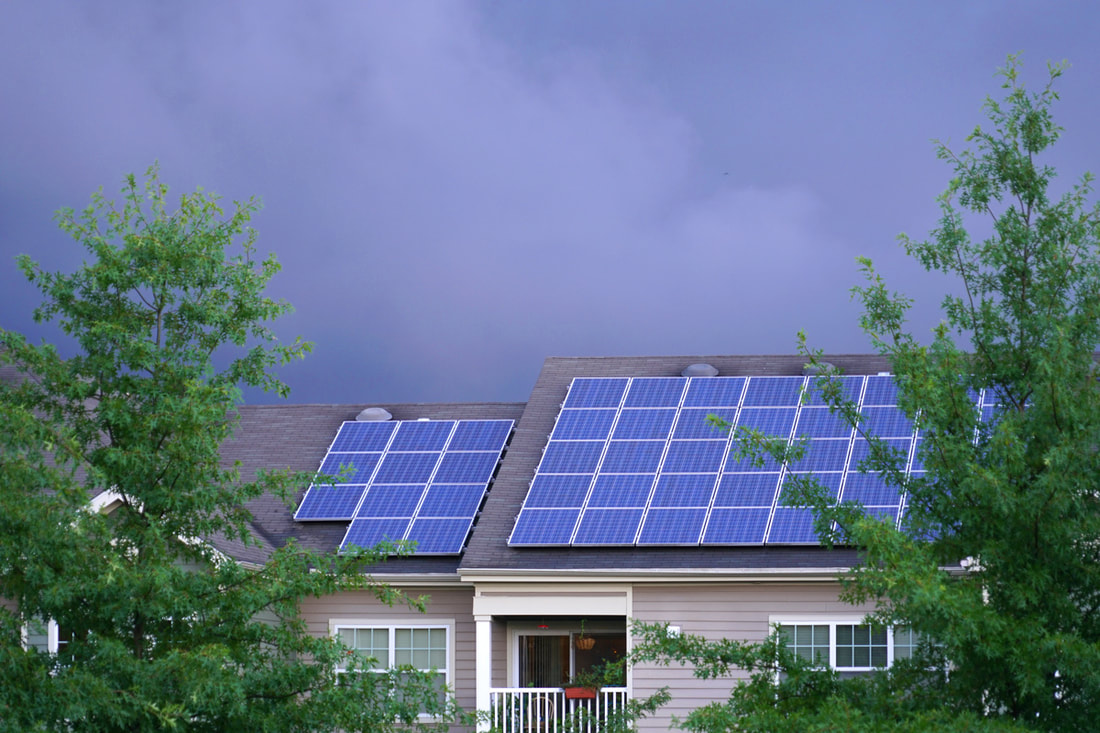Storm Damage: Dealing With The Aftermath

Florida is famous for its annual threat of hurricane damage to homes, but many who live outside of the state fail to realize that tornadoes and severe thunderstorms are as likely to strike and can do serious damage themselves.
While no part of one’s home is automatically safe from storm damage, the most obvious and most serious threat is damage to your roof. After all, it’s the roofing that acts as a shield to protect every other part of your home and all of its contents.
Major Types Of Storm Damage To Roofing Systems
Even an “ordinary” thunderstorm can be dangerous with its sudden bursts of wind that rush straight forward at unpredictable angles. When these (and other) winds reach 50 mph or faster, that’s when storm damage to homes begins to become extremely likely.
With rain arriving in conjunction with high winds, any opening made by strong gusts or sustained winds can immediately be taken advantage of – to the homeowner’s disadvantage. Left unrepaired for days or weeks on end, roofing entry points are even more likely to destroy drywall, warp wood flooring, give life to mold and mildew, or damage your favorite pieces of furniture.
Storms can also down power lines, creating a fire hazard, toss tree limbs, whole trees, or random debris at your roof, rip off shingles, and leave flashing or gutters/downspouts dangling by a thread. If the storm included hailstones, these can dimple and permanently weaken roofing shingles, shortening their expected lifespan significantly.
Assessing The Impact Of A Storm On Your Roof
There will be immediately obvious results of a storm that does any damage to your roof – for example, if you see a major or minor leak in progress, notice large sections of roofing missing or shingles lying about your yard, or find a large tree limb smashed through your roof deck.
But there are more subtle forms of roof damage too or things that have to be assessed by walking the rooftop. This is often best done by a professional roofing contractor during an official post-storm inspection. A pro roofer will know what to look for, it will be safer for the homeowner to remain on the ground, and your homeowners’ insurance provider will want to know a professional conducted the inspection.
The inspector will want to look for storm damage or its “domino-effect” impacts inside of your home too, especially in your attic. Finding the exact source of a leak or preventing a potential future leak takes some experience – it’s not always so easy as just checking directly above the in-house leakage point on the top of the roof because water can travel far underneath shingles before breaking in. But roofer’s develop “a nose” for leak-finding and will know how to fix them too.
Move Quickly Post-storm To Protect Your Home
Roof repairs are, by their very nature, urgent. After a severe storm that has or likely may have damaged your roofing, time is of the essence.
By moving quickly to schedule a roof inspection and get started on restoration efforts, you lower the risk of further damage from leaks. You also help keep rodents and pests from getting in. And your insurer will prefer to know the condition of your roof immediately after the storm rather than months later, for example.
If your home has suffered storm damage to its roofing system, don’t delay to get an inspection and all needed repairs. In Central Florida, contact Sheegog Contracting today to get started!


